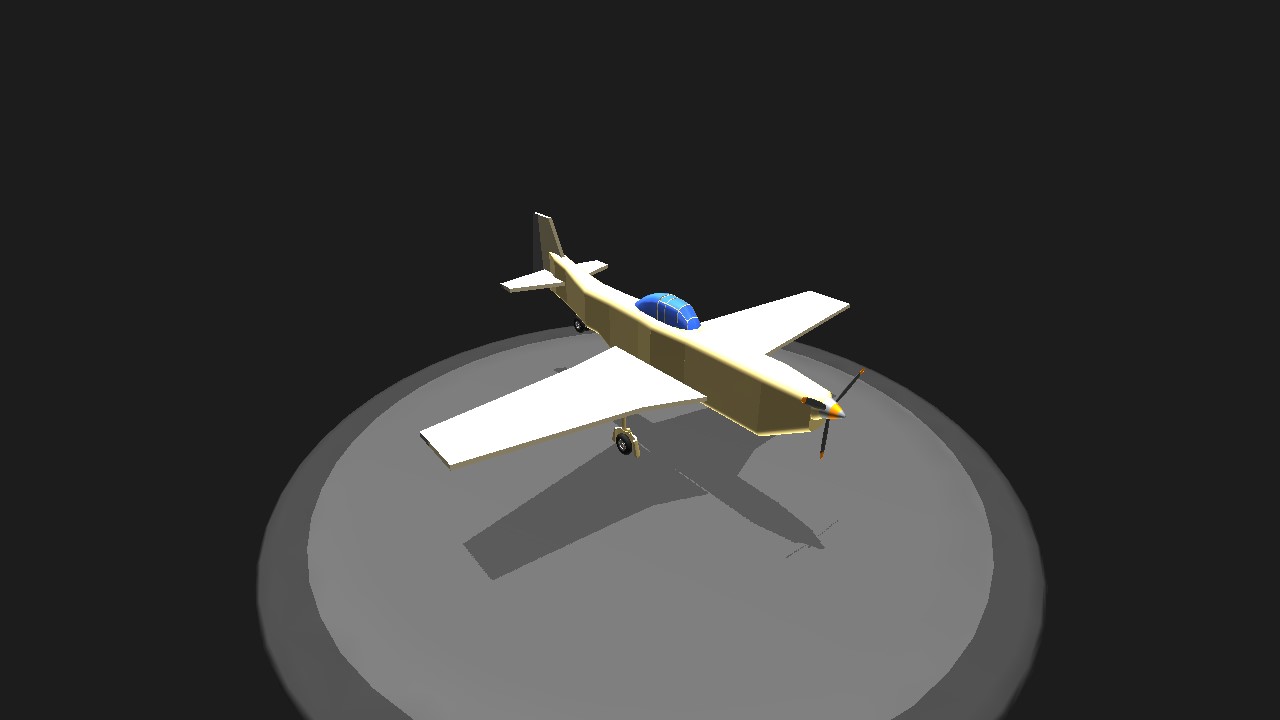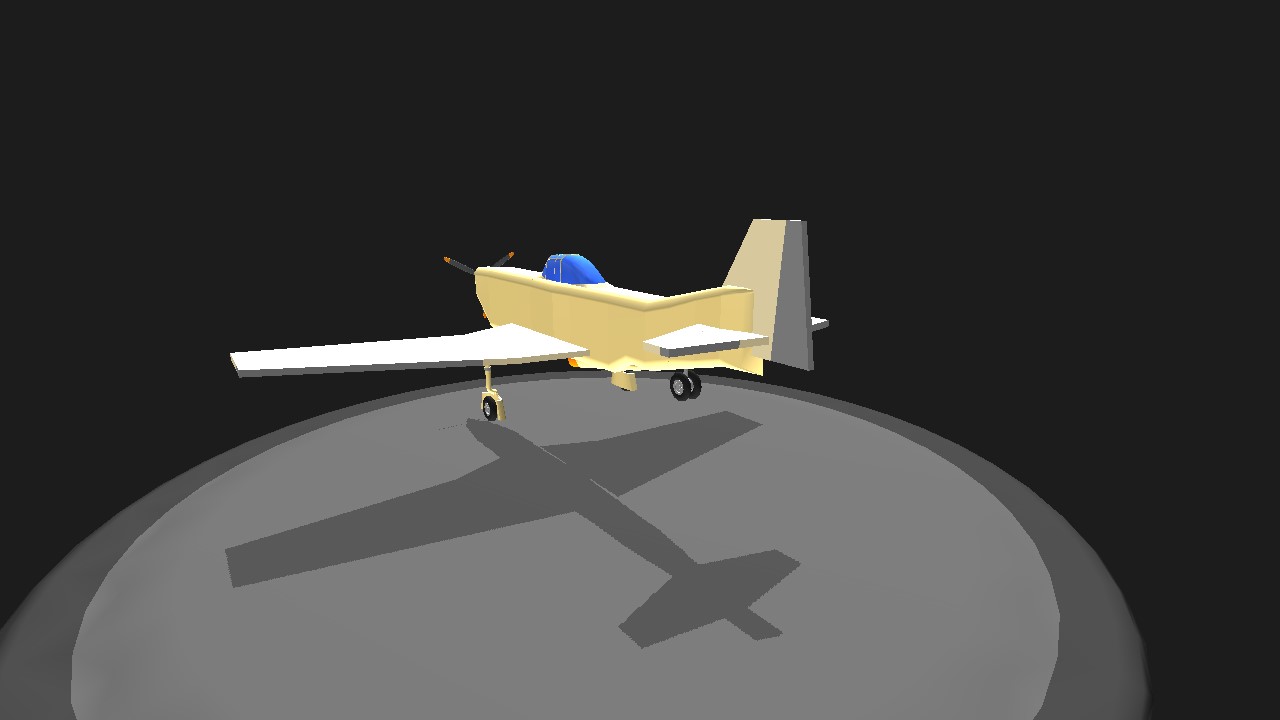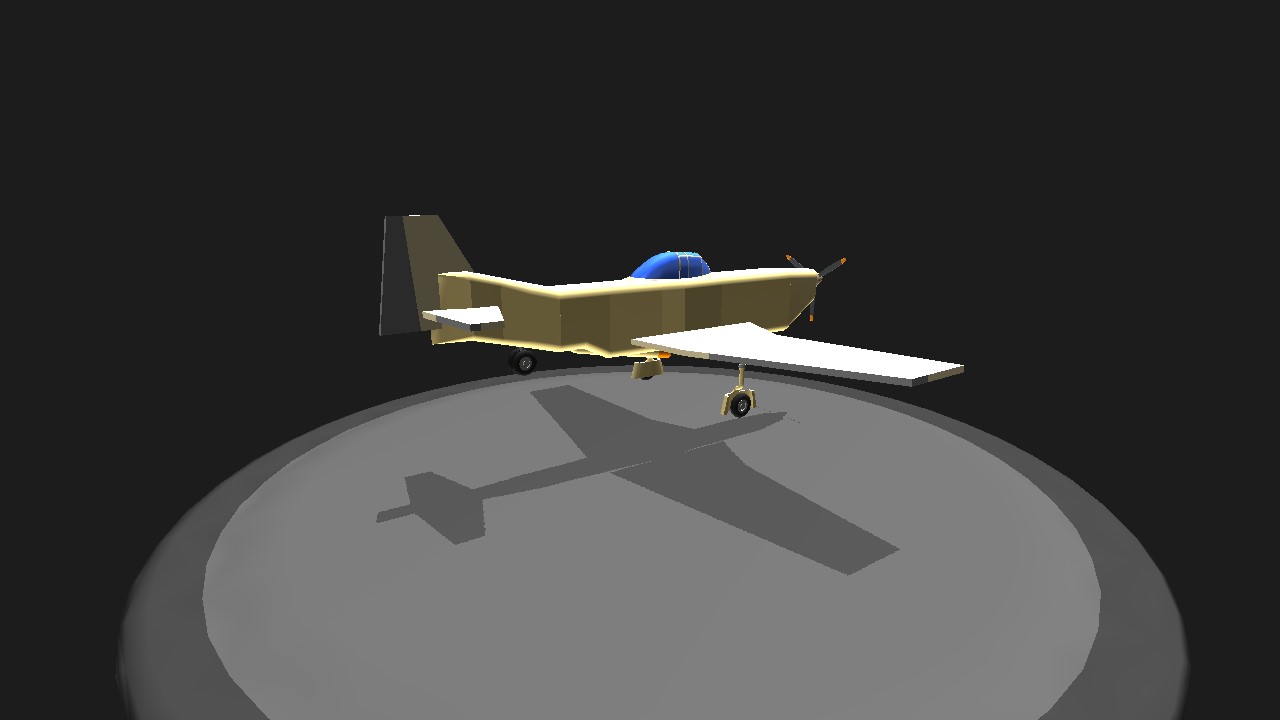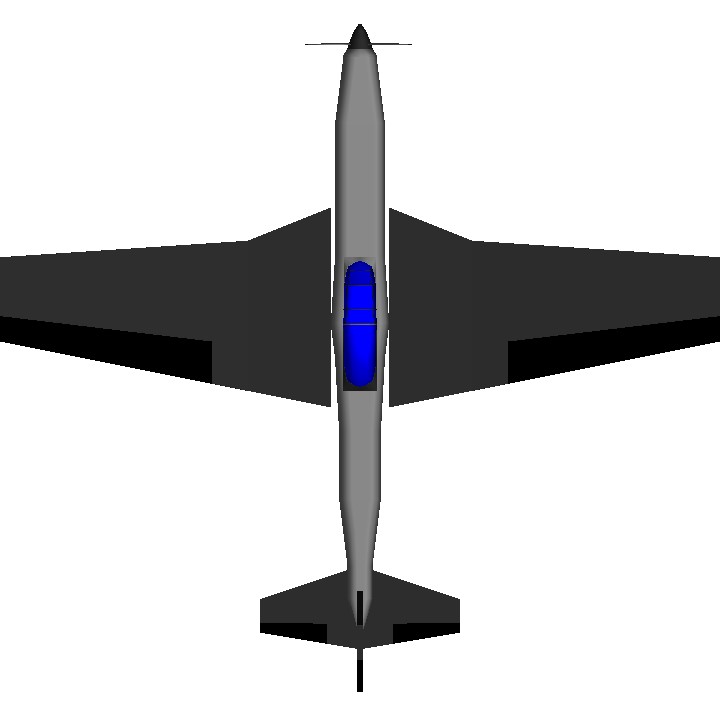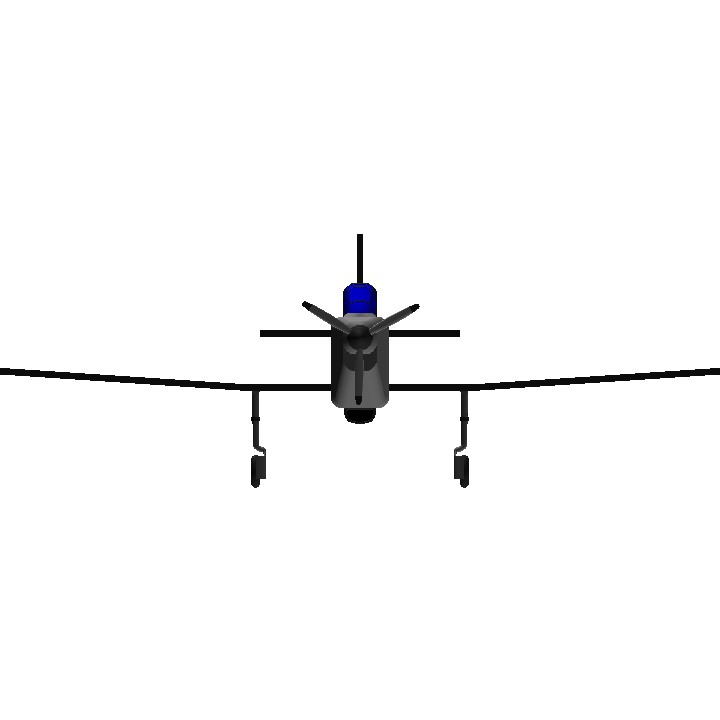II. Before World War II and at the beginning of the war, the bomber philosophy predicted that only raids consisting of swarm and cramped bombers could be effective. Although the defensive weapons of these aircraft were developed considerably later, even this increase in firepower was not sufficient after a while. The P-51 was designed to seek a solution to this situation. The P-51 Mustang, which was developed to protect the high altitude long range aircraft owned by the United States; It has a powerful engine, solid armor protection and 6 12.7 mm (.50 caliber) machine guns.
On the European front, the P-51s used to fly in close order to the bombers during the bombing raids carried out by the US Air Force. Knowing this, German planes were making hit-and-run attacks in large groups. This close guard duty restricted the P-51s' ability to stay away from the aircraft they were guarding and to counterattack attacking German fighters. Later, the P-51s spread over a wider area and began to adopt the escort tactic. Thanks to this tactic , the high number of US fighters inflicted heavy losses on the German Air Force in a short time .It is designed for escort duty to high altitude heavy bombers. II. It is one of the most successful aircraft of World War II.Type
fighter plane
national origin
USA
Producer
North American Aviation
First flight
October 26, 1940
Login to service
1942
exit from service
1984
Status
Out of service, still in use in Acrobatic shows
main user
USAAF
Other users
Royal Air Force
Republic of China Air Force
Number of production
More than 15,000 [1]
unit cost
US$ 50,985 (1945) [2] (equivalent to US$ 570,000 in 2018)
Its development
North American F-82 Twin Mustang
Piper PA-48 Enforcer
Rolls-Royce Mustang Mk.X
Changes
North American A-36
Rolls-Royce Mustang Mk.X
Cavalier Mustang
Specifications
General Characteristics
- Created On Android
- Wingspan 35.4ft (10.8m)
- Length 32.4ft (9.9m)
- Height 12.2ft (3.7m)
- Empty Weight 4,000lbs (1,814kg)
- Loaded Weight 7,127lbs (3,233kg)
Performance
- Horse Power/Weight Ratio 0.14
- Wing Loading 26.8lbs/ft2 (130.6kg/m2)
- Wing Area 266.4ft2 (24.7m2)
- Drag Points 1814
Parts
- Number of Parts 26
- Control Surfaces 5
- Performance Cost 191

